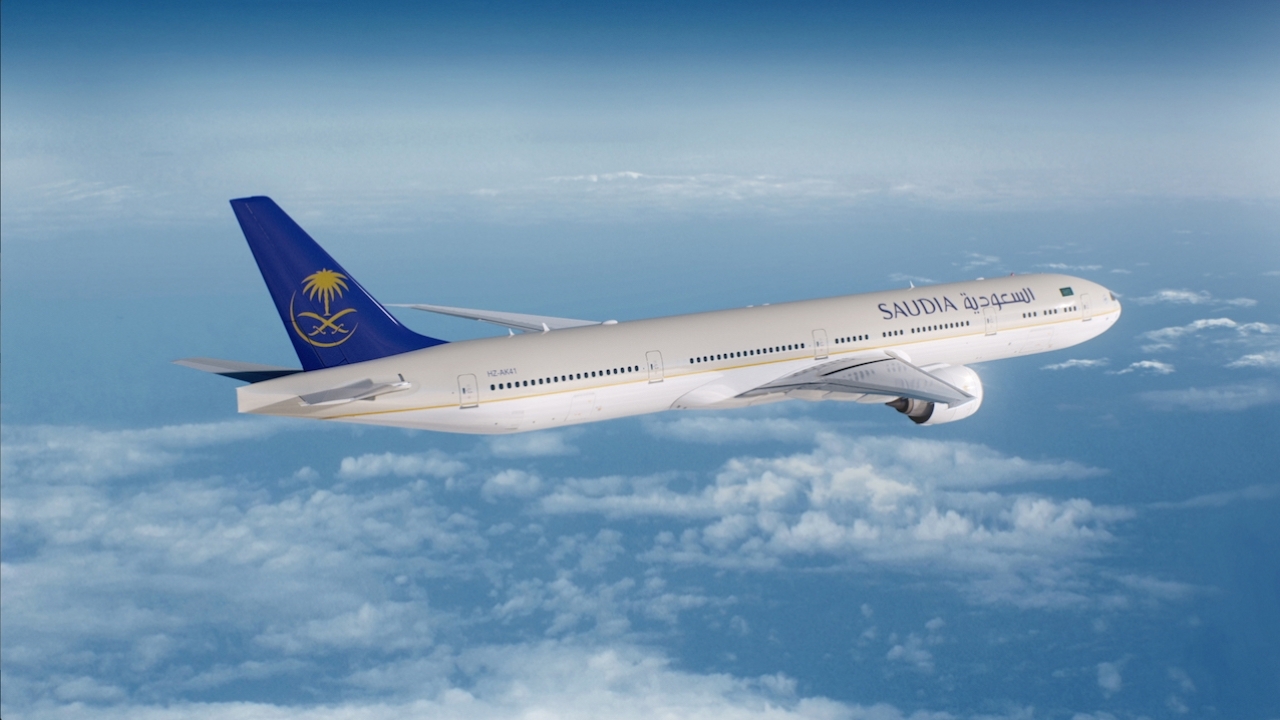How not to leave people fuming…
Poisonous engine oil can cause plenty of invisible damage to the human body. Is there a solution? Liz Moscrop reports.

Touted as delivering the utmost in passenger comfort in terms of cabin pressurisation and interior amenities, business aircraft play a vital role in today’s economies by conveniently transporting people across the globe.
However, just like the airlines, this comes at an environmental cost – both outside and inside the aircraft.
The issue is a global one, not confined to any one geographical location.
British pressure group, the Aerotoxic Association, contends that leaky turbine engine oil is poisonous enough to do serious damage. It’s website says: “The degree of contamination depends on jet engine type, and how recently it was serviced, among other factors.”
Swab-testing both people’s skin and the interior cabin surfaces is the way to tell. Symptoms of aerotoxic syndrome include fatigue, tremors and even loss of consciousness. However, the association points out that, for short exposures, the effects are usually reversible and will resolve themselves. In the long term it is worth monitoring systems for such incidences.
Cabin air usually comes from a half-and-half bleed air system comprising outside air from the engine’s compressor or auxiliary power unit, mixed with filtered air that is circulated in the cabin. The problem comes should the engine oil seals fail and hot oil fumes leak into the air supplied to the cockpit and cabin.
To improve air, one answer could be to detoxify the oil. To that end, French oil manufacturer, Nyco, reckons it has created a jet engine lubricant that will be less harmful to humans should an in-cabin fume event happen.
The formula is less volatile than existing products. The firm is also developing better ‘elastomer compatibility’, which helps engine oil seals become more durable, thus lowering oil consumption and reducing the risk of harmful vapours.
The desire to reduce toxicity tussles with the desire to ameliorate oil performance, which affects engine wear and tear. However, working on lubricants can also help tackle the issue.
It is also possible to install chemical sensors that identify adulterated air far better than a human nose is able to do.
The International Civil Aviation Organization (ICAO) laid out engine certification standards for air pollutants in 1981, and other manufacturers are working on their offerings. Air BP, for example, has created its Biojet fuel, which offers a minimum carbon emission of 35%. The company also continues to develop and supply unleaded Avgas.
Indeed, European Flight Service (EFS) made history this April by operating its first flight with Biojet from Oslo Gardemoen in Norway to Trollhättan-Vänersborg in Sweden using its Cessna Citation 680 Sovereign.
EFS CEO Stephen Diapère said: “This is a great step forward for us in our aim to be one of the business aviation pioneers in a fossil-free aviation environment of the future. Who would have believed that aircraft could be flown with used cooking oil?” The historic flight had an uplift of 700 litres of Biojet fuel with a blend of 48% Biojet and 52% Jet A1 fossil fuel.
The Aerotoxic Association looks to solutions, such as using electrically driven compressors that take cabin air directly from the atmosphere, as used on the Boeing 787 Dreamliner.
There is an industry drive to address the issue, and owners and operators can ensure that their management companies are diligent in maintaining their aircraft.
Following the lead taken by pioneering companies is also useful. EFS’ Diapère concluded: “We are able to show other business jet operators the possibilities that are developing rapidly. We are continuing our work in increasing the demand for Biojet fuel, and will continue to work in close collaboration with airports and fuel manufacturers in developing the necessary infrastructures and supply chains.”
Stay up to date
Subscribe to the free Times Aerospace newsletter and receive the latest content every week. We'll never share your email address.

